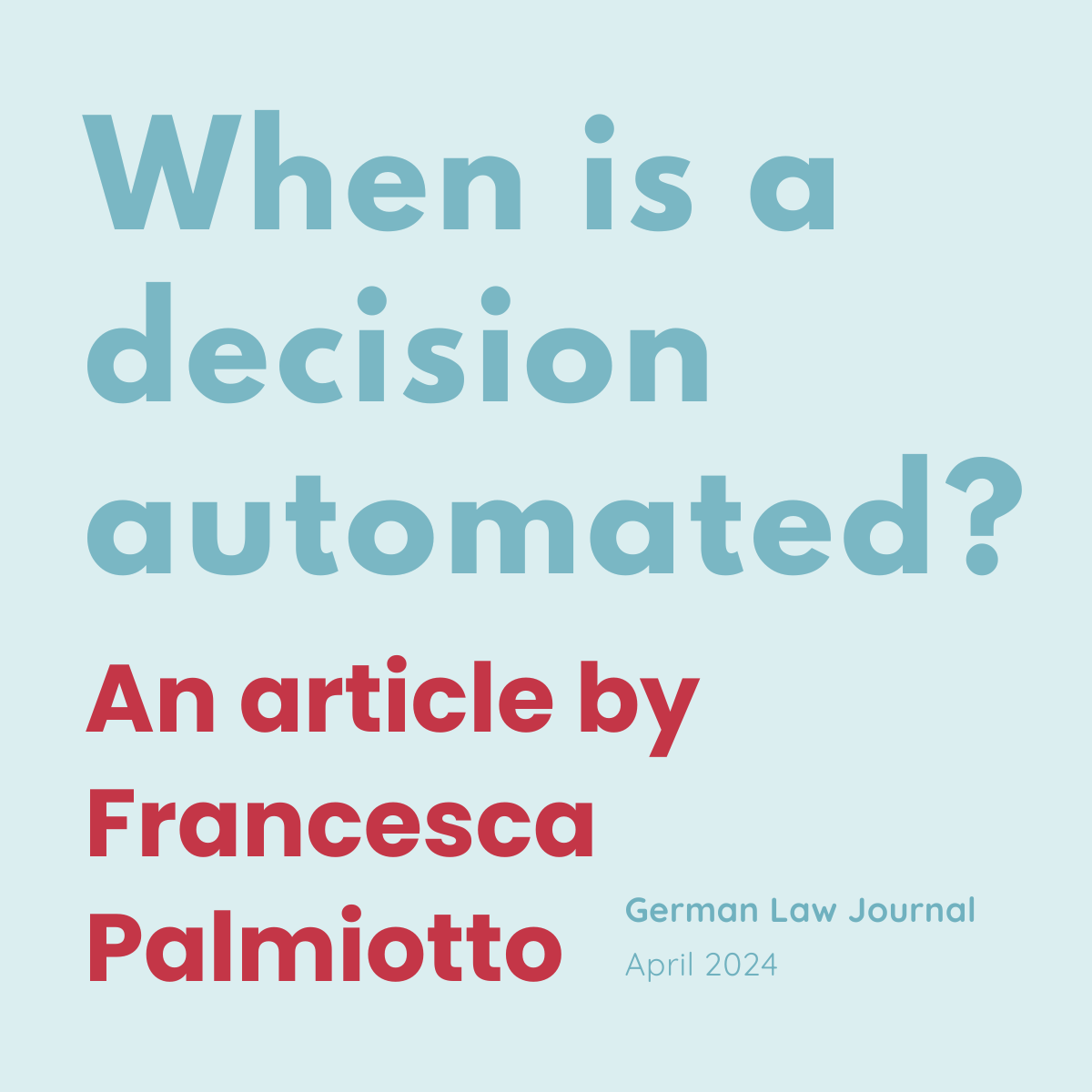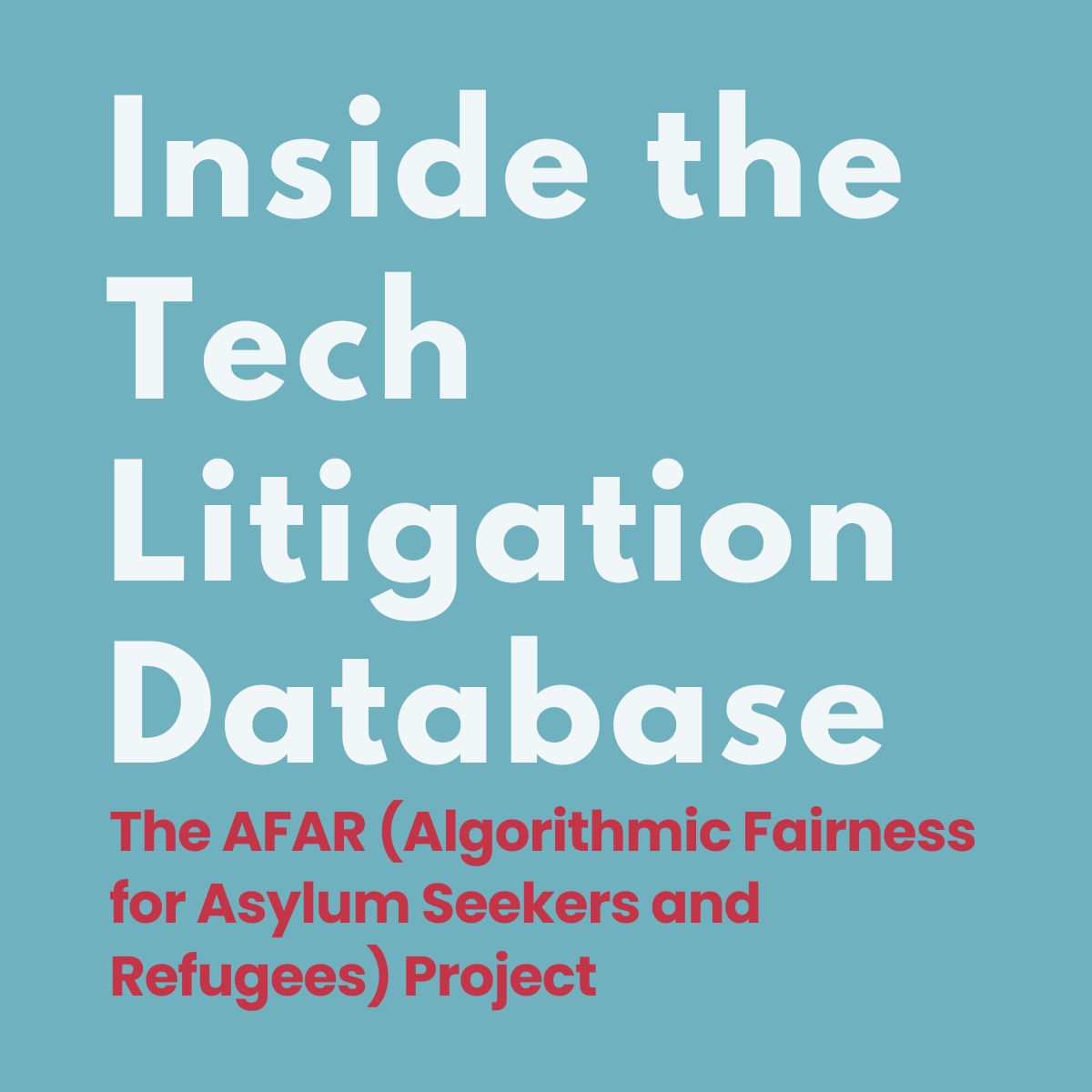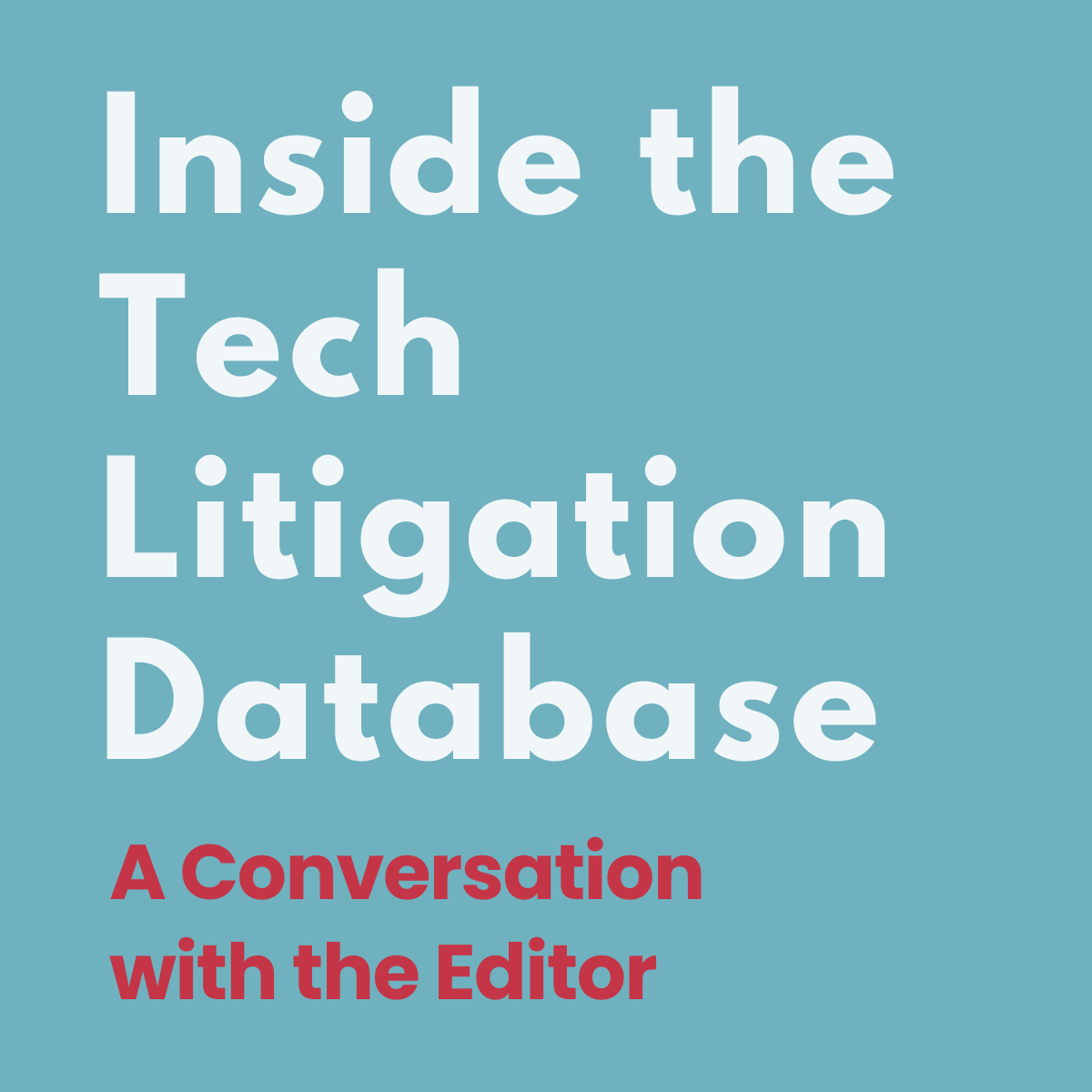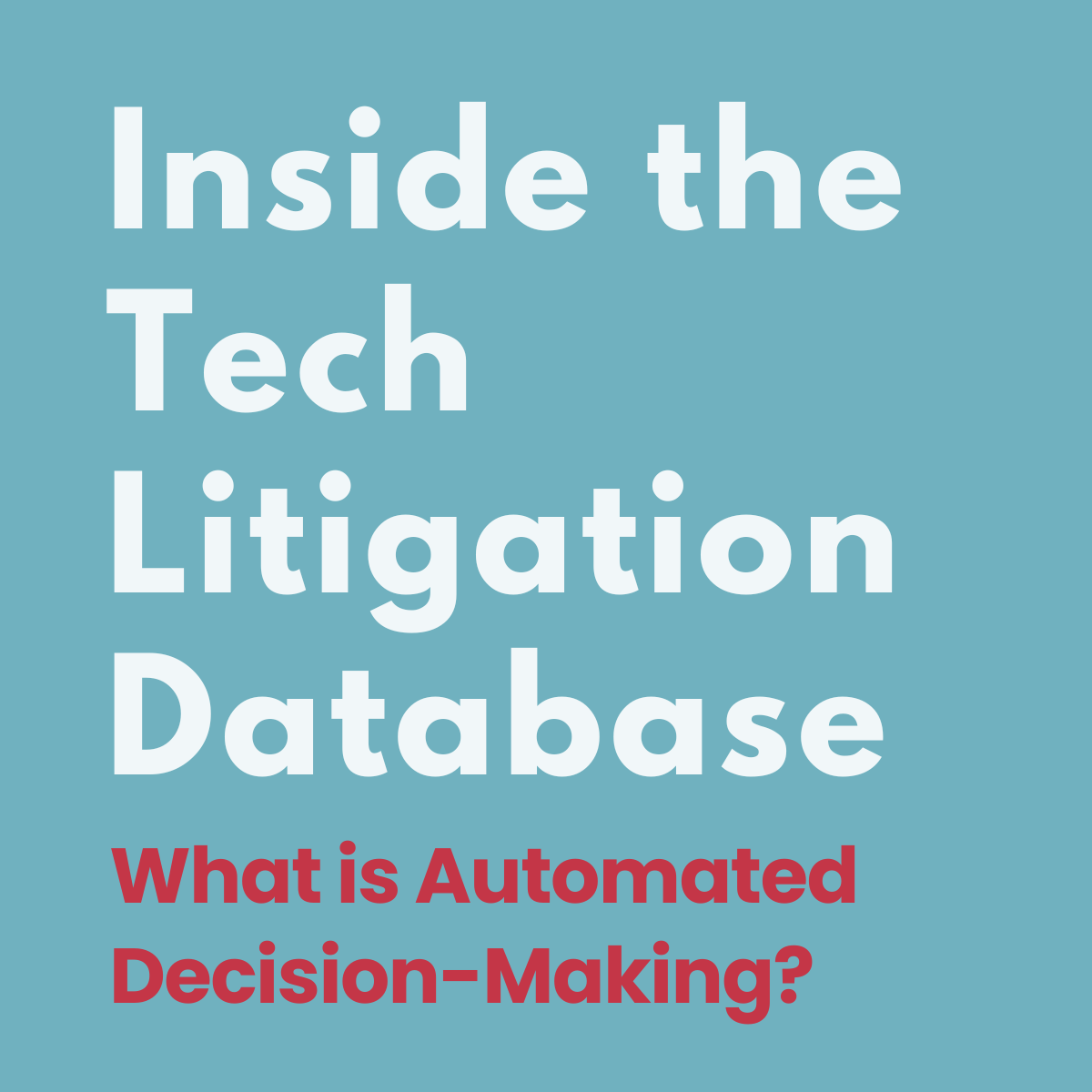Intro here
What the Database covers
The database covers a broad spectrum of legal challenges related to new technologies across all areas of the automated state, including the enforcement of criminal law, migration and asylum, and all aspects of the welfare state. We also include key aspects of private governance, for instance, the use of automation in decision-making on personal loans and finance, to ensure a cross-cutting understanding of the legal contestation.
As the project and its team members are based in Europe, many of the case law and litigation records we have collated and compiled to date also have a European focus. We are currently expanding our scope by recruiting national rapporteurs from around the world in order to broaden the impact of the Database and fulfil its global potential.
What do we mean by Automated Decision-Making?
Automated decision-making refers to the use of automated systems by government and state authorities to support or execute decisions previously made by humans. These systems raise complex legal issues, and our database aims to shed light on how courts are addressing them. Whether a decision is fully automated or not, our priority is to analyse the legal implications and provide insights into judicial approaches.
There are already numerous ways in which automated systems are being deployed by government and state authorities to support – and in some cases independently execute – decisions which until recently were made entirely by humans. The taking-over of decisions by machines and automated systems in the public sphere, either partially or completely, creates a variety of complex legal issues.
Due to the range of new technologies being used, as well as the many ways in which they can be implemented in this context, we do not provide a strict definition of automated decision-making. Indeed, the Database aims to reveal how judges and other authorities are approaching precisely this question. In this sense, our priority is to contribute to creating a framework for determining when a decision can be classified as automated, while also highlighting and understanding the legal implications of this classification.
When selecting cases, we therefore consider instances in which an automated system replaces, supports, or aids a human at any stage in the decision-making process. It is irrelevant whether the systems make a fully automated decision or not. Similarly, it is not important whether the system in question involves AI or not.





